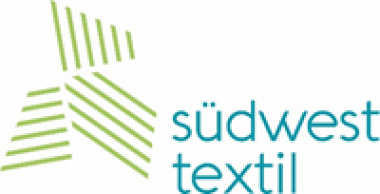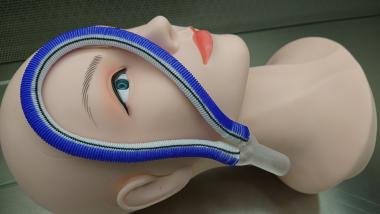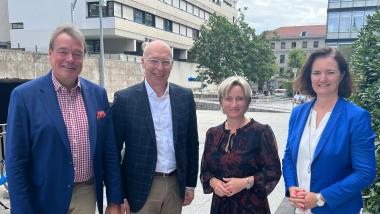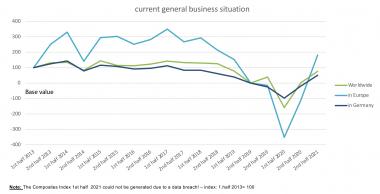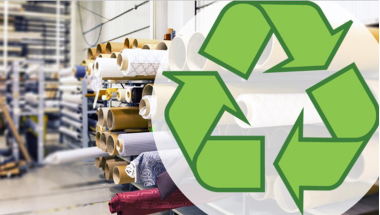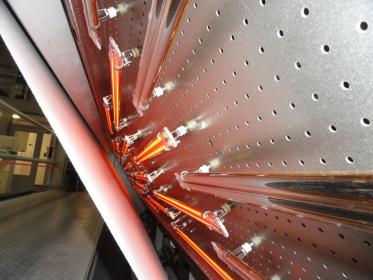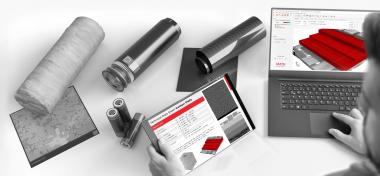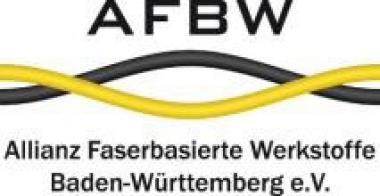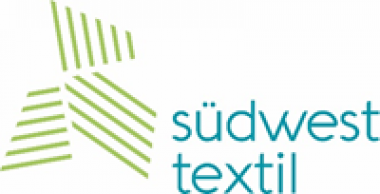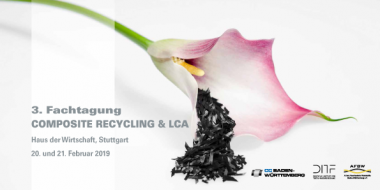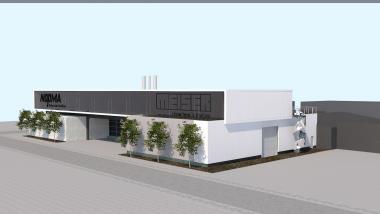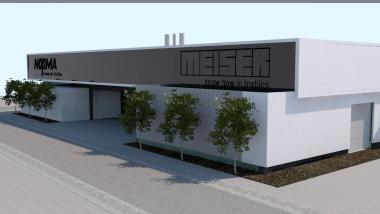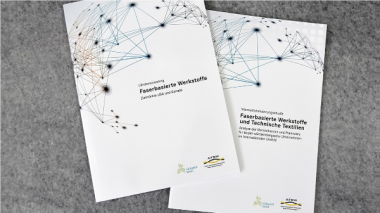Südwesttextil begrüßt zentrale Ausländerbehörde für Fachkräfte in Baden-Württemberg
Der Wirtschafts- und Arbeitgeberverband Südwesttextil begrüßt die Ankündigung der Landesregierung, eine zentrale Ausländerbehörde für Fachkräfte einzurichten.
Die grün-schwarze Landesregierung hat sich auf Eckpunkte für die Einrichtung einer Landesagentur für Zuwanderung von Fachkräften geeinigt.
Zuständig sollen zwei Ministerien, das Ministerium der Justiz und für Migration und – für Berufe aus dem Bereich Gesundheit und Pflege – das Ministerium für Soziales, Gesundheit und Integration, sein. Durch die zentrale Organisation sollen in Zukunft die Vorgänge deutlich beschleunigt werden und Baden-Württemberg attraktiver für Fachkräfte aus dem Ausland werden.
Hauptgeschäftsführerin Edina Brenner: „Die Zentralisierung der Zuständigkeiten und die Bündelung der Kompetenzen bei einer Behörde sorgen für eine erhöhte Transparenz für unsere mittelständisch geprägte Textil- und Bekleidungsindustrie. Sich an eine Stelle wenden zu können, die den komplexen Prozess der Fachkräfteeinwanderung mit allen erforderlichen Voraussetzungen steuert und auch im Einzelfall entscheiden kann, wird hoffentlich große Entlastung und eine Beschleunigung der Verfahren bringen.“
Voraussetzung dafür, ist aus Perspektive des Arbeitgeber- und Wirtschaftsverbands, die entsprechende Ausstattung mit personellen Ressourcen, die Digitalisierung und Verringerung von Bürokratie: „Wir haben das weiterentwickelte Fachkräfteeinwanderungsgesetz des Bundes als innovative, politische Trendwende begrüßt – gleichzeitig sind die Neuregelungen sehr komplex. Wir brauchen eine deutliche Verkürzung der Dauer der bisherigen und jetzt neuen Verfahren. Die Landesagentur für Zuwanderung von Fachkräften muss von Anfang an dafür ausgestattet sein. Dienstleistungsorientierte, proaktive Prozessabläufen von Behörden sind essenzieller Bestandteil einer Willkommenskultur für eine erfolgreiche Fachkräfteeinwanderung.“
Verband der Südwestdeutschen Textil- und Bekleidungsindustrie Südwesttextil e.V.


